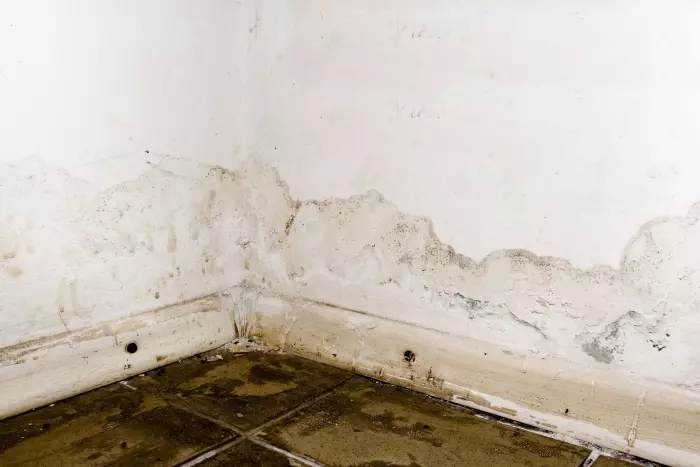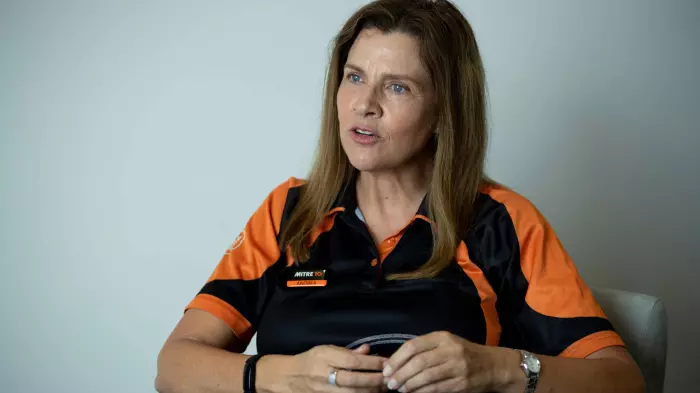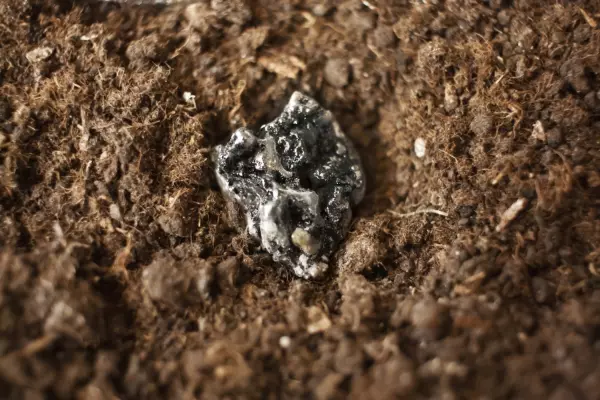Harbour Litigation Funding’s decision to close its piggy bank for the 1,200 or so homeowners who were hoping to squeeze something out of James Hardie is just another disappointing turn in this decades long saga.
The likes of James Hardie and Carter Holt Harvey were always adamant it wasn’t their products at fault, pointing the finger at the councils who signed off on daft resource consents, cowboy builders looking to cut corners, or just simple incompetence by people who didn’t know how to install their cladding systems effectively.
The building products makers found themselves joined to dozens of leaky home actions in the late 2000s and early 2010s, but usually as just one of many parties including council, builders, engineers and architects – basically anyone jilted property owners thought might have a bob or two to help pick up the tab of their ever-escalating remediation bills.
That didn’t stop them from paying out millions of dollars to settle those claims – albeit never admitting they were at fault.
It was easier to do on an ad hoc basis with one home owner at a time because the mismatch in resourcing meant they could outlawyer the unhappy claimants.
That changed in 2013 when the Ministry of Education lodged a claim against all and sundry – including the building products makers – on behalf of the nation’s school boards of trustees.
New Zealand’s school property portfolio had undergone a billion-dollar writedown in 2010 due to hundreds of leaky school buildings that went largely under the radar, everyone was focused on getting out of the GFC at the time and the ministry was on the hook for a $1.5 billion repair bill.
This was finally a claimant with scale who could take it to the majors, and potentially lay the groundwork if it achieved a precedent for individual property owners to follow suit.
Unfortunately, the writing was on the wall quite early on.
Peace in our time
Then associate education minister Nikki Kaye lauded early settlements with James Hardie and CSR Building Products as pragmatic in avoiding lengthy legal battles and putting the building products makers on the hook to help with fixing the buildings.
The details remained confidential, but financial statements lodged with the Companies Office show the two Australian companies recognised millions in provisioning for remediation over the next five years or so – in the case of CSR its catch-all provisioning spiked to more than $9 million in the two financial years after its deal while for James Hardie, its product liability provisioning tallied up to $17m.
Funnily enough, the NZ-owned Carter Holt – which was considering an initial public offering at the time – dug in its toes and spent seven years fighting the suit, going to the supreme court and appeal court on several occasions in an effort to have the case tossed out in the process.
Those decisions laid the groundwork for Adina Thorn to rally up representative actions against Carter Holt and James Hardie on behalf of homeowners, with the building products makers deemed to have a duty of care to the end users and not able to rely on 10-year limitation periods.
The problem is pragmatism trumped precedent. After spending $20m on lawyers and expert witnesses over seven years, the education ministry last year cut a deal with Carter Holt in the first stage of the substantive hearing that would determine whether or not the Shadowclad systems were inherently faulty.
Just because the ministry learned some lessons doesn’t mean anyone else actually benefited from its aborted action.
Just look at Hutt Valley High school, where teachers and students worked in mouldy – and potentially dangerous – classrooms for years because of its leaky buildings.
And it effectively killed the homeowners’ suits against Carter Holt and James Hardie, which had been drawing on precedents set in the ministry’s interlocutory skirmishes.
Hitching a ride
That, unfortunately, appears to have been the litigation funder’s strategy because it pulled the pin on both actions, cutting deals that ended up making relatively small payments to the building products makers and creating more heartbreak for the homeowners.
That kind of risk averse lawyering is what class actions were supposed to mitigate against, providing an avenue for the little guy to go toe to toe with entities of scale.
In fact, the Law Commission even contemplated such a move by government entities in a recent issues paper on class actions, where they could act as a plaintiff to ensure an action had the resourcing and wherewithal to cover costs if it lost.
Instead, we have a situation where leaky homeowners have been let down again.
Not only were leaky homes dismissed as a beat-up way back in the early 2000s, but the policy responses were inadequate with a miserly uptake of the five-year assistance package back in 2011, where central government and councils would each chip in a quarter of the estimated $4b of repairs.
Unless a separate class action brought against James Hardie gains traction with the courts, leaky home owners will be back to where they were at the beginning – individual homeowners having to take on large corporates in a battle of who has the most lawyers.
Little wonder who’s going to win.














